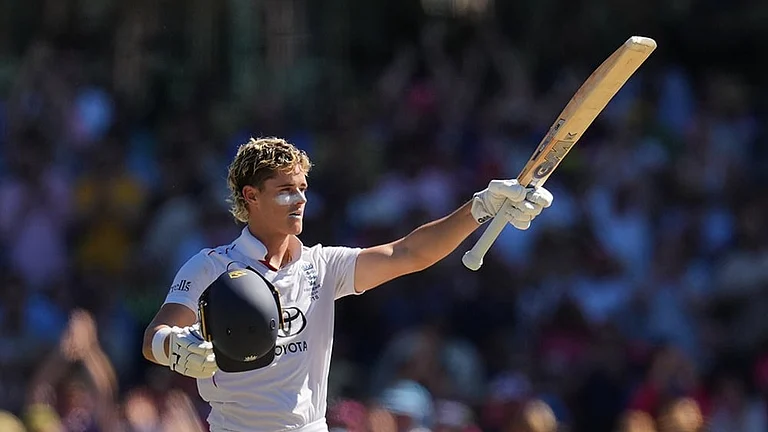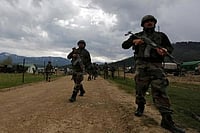What has the Government done? As far as agriculture is concerned there has been no liberalisation," says Sharad Joshi, chief of the farmers’ organisation ShetkariSanghatana. And despite his known radical views on agriculture, in this case at least,most observers tend to agree with him. No wonder our respondents aren’t too impressedand give the reforms a B as far as the agricultural sector isconcerned. For, consistentagricultural growth in these five years has much more to do with sheer luck—eightsuccessive good monsoons—than anything else.
First the achievements. The Government has managed to raise ruralnon-farm employment by 25 per cent during its tenure. And as Manmohan Singh proudlyproclaims, the real wages of the unskilled agricultural worker have actually gone upduring his tenure (though some independent calculations claim otherwise). Reforms may havealso managed to turn the terms of trade in favour of the farmer. "His input costs arenow lower than the price at which he sells the produce. Earlier he had to rely onsubsidies," points out Jairam Ramesh. Bhide gives the Government another pat on theback for providing a better trade regime for agricultural exports, though he complainsthat restrictions are still there on import of agricultural products.
Joshi, however, claims that the Government has done little to marketagricultural exports, adding that it has not workedtowards adding value to thecountry’s agricultural produce. Ports remain clogged and storage facilities are stillarchaic. Economist Kirit Parikh disagrees, saying, "In rice, if you export more thanyour quota, prices would tumble and you would be better off with domestic prices."And in wheat, India still has to establish its credibility, with buyers currently wary ofsigning long-term contracts with India.
The most worrying trend: the growth rate of gross capital formation inagriculture—that is, the long-term money invested in the sector—has declinedconsiderably, once even registering negative growth during the reform period. There hasbeen virtually no improvement in rural infrastructure and irrigation facilities stillreach only about 35 per cent of the total cultivated area. And despite the fact that oursis primarily an agrarian economy, agriculture still doesn’t have parity in terms oftechnology and finance. All in all, status quo prevails.


























